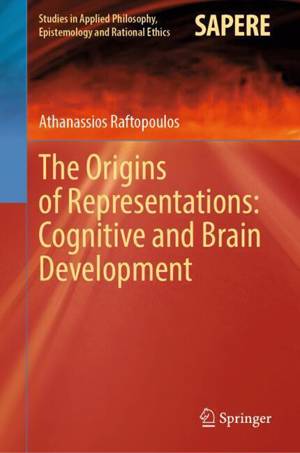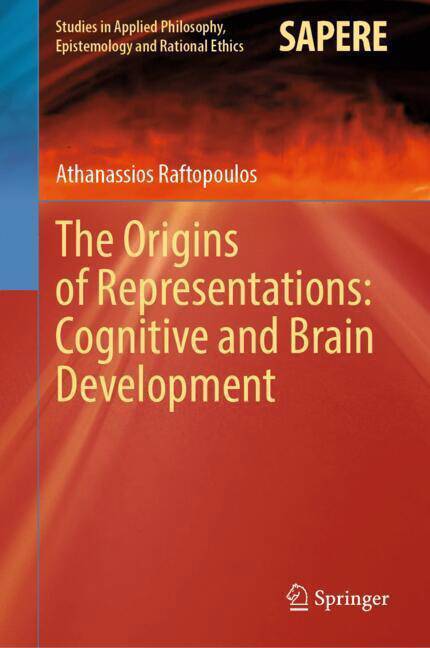
Je cadeautjes zeker op tijd in huis hebben voor de feestdagen? Kom langs in onze winkels en vind het perfecte geschenk!
- Afhalen na 1 uur in een winkel met voorraad
- Gratis thuislevering in België vanaf € 30
- Ruim aanbod met 7 miljoen producten
Je cadeautjes zeker op tijd in huis hebben voor de feestdagen? Kom langs in onze winkels en vind het perfecte geschenk!
- Afhalen na 1 uur in een winkel met voorraad
- Gratis thuislevering in België vanaf € 30
- Ruim aanbod met 7 miljoen producten
Zoeken
The Origins of Representations: Cognitive and Brain Development
Athanassios Raftopoulos
€ 208,45
+ 416 punten
Omschrijving
This book provides an account of the origins and development of iconic and symbolic representations in our evolutionary lineage, the hominis, and of the cognitive capacities and brain structures that support such a development. At first, it introduces the three basic types of signs, such as indices, icons, and symbols, used by most animals, including apes and hominins, for communicating and interacting with the environment, and discusses the differences among them. In turn, it explains the evolution from non-representational indices to iconic, first, and then symbolic representations in terms of the evolution of the cognitive capacities in our lineage. The main emphasis is on the cognitive capabilities that support the use of these types of signs, such as attention, executive functions, and working memory, among others. The discussion centers on determining these capacities, and how and why these capacities evolved in the phylogenesis of hominids. Further, evidence from psychology and neuroscience are used to shed light on the development of these capacities in hominins, together with knowledge about the basic brain structures supporting these capacities, such as the prefrontal cortex, and their development at the ontogenetic and phylogenetic scales. All in all, this book offers a theory of the development of our representational arsenal from its beginnings characterized by simple signs to its modern form made of highly abstract symbols.
Specificaties
Betrokkenen
- Auteur(s):
- Uitgeverij:
Inhoud
- Aantal bladzijden:
- 250
- Taal:
- Engels
- Reeks:
- Reeksnummer:
- nr. 73
Eigenschappen
- Productcode (EAN):
- 9783031912122
- Verschijningsdatum:
- 19/06/2025
- Uitvoering:
- Hardcover
- Formaat:
- Genaaid
- Afmetingen:
- 165 mm x 237 mm
- Gewicht:
- 539 g

Alleen bij Standaard Boekhandel
+ 416 punten op je klantenkaart van Standaard Boekhandel
Beoordelingen
We publiceren alleen reviews die voldoen aan de voorwaarden voor reviews. Bekijk onze voorwaarden voor reviews.









